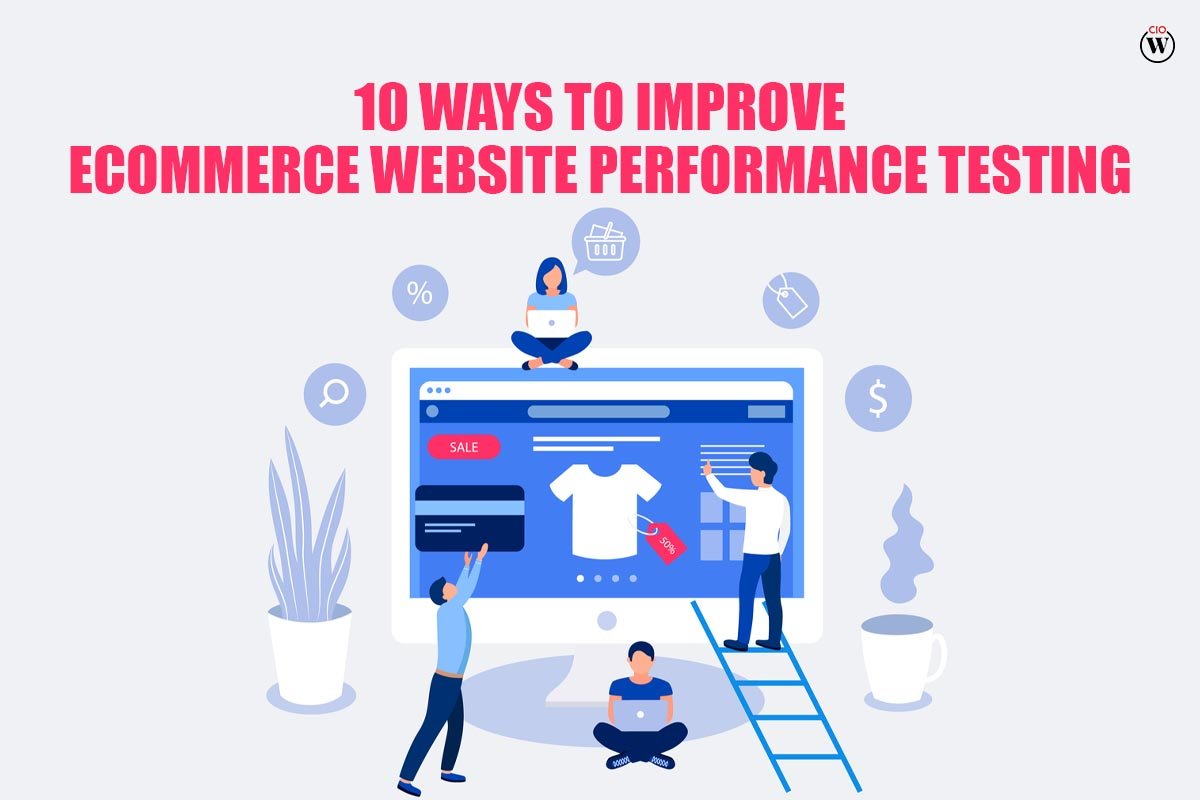Entrepreneurship is a challenging but rewarding journey that requires a great deal of commitment, dedication, and perseverance. Starting a business can be an exciting and fulfilling experience, but it can also be stressful and overwhelming at times.
As an entrepreneur, it is important to take the right steps in entrepreneurial journey to ensure that you are successful in your business ventures. In this article, we will explore the next steps that entrepreneurs should take in their entrepreneurial journey.
Here are The Next Steps In Entrepreneurial Journey:
Step 1: Evaluate Your Business Idea
Before starting your business, you need to evaluate your business idea to determine if it is viable it is the first Steps in entrepreneurial journey. You should research your industry and competition to determine if there is a market for your product or service. You should also assess your strengths and weaknesses to determine if you have the necessary skills to run a successful business.
One way to evaluate your business idea is to conduct a SWOT analysis. A SWOT analysis helps you identify your strengths, weaknesses, opportunities, and threats. Strengths and weaknesses are internal factors that you have control over, while opportunities and threats are external factors that you cannot control.
Step 2: Develop a Business Plan
A business plan is a written document that outlines your business goals, strategies, and financial projections. A business plan is important because it helps you clarify your business idea, identify your target market, and plan for the future.

Your business plan should include the following elements as Steps in entrepreneurial journey:
- Executive summary: A brief overview of your business idea and goals.
- Market analysis: An analysis of your industry, competition, and target market.
- Products and services: A description of your products and services, including how they will be produced or delivered.
- Marketing and sales: A description of your marketing and sales strategies, including how you will promote your business and attract customers.
- Operations: A description of your business operations, including how you will manage your business and produce your products or services.
- Financials: A projection of your income statement, balance sheet, and cash flow statement.
Step 3: Determine Your Business Structure
Once you have developed your business plan, Steps in entrepreneurial journey include that you need to determine the legal structure of your business. There are several types of business structures, including sole proprietorship, partnership, corporation, and limited liability company (LLC). Each structure has its own advantages and disadvantages, so you should consult with a lawyer or accountant to determine which structure is best for your business.
Step 4: Register Your Business
After you have determined your business structure, you need to register your business with the appropriate government agencies. The registration process varies depending on your business structure and location, so you should consult with a lawyer or accountant to determine the specific requirements for your business.
Step 5: Obtain Necessary Licenses and Permits
Depending on your industry and location, you may need to obtain licenses and permits to operate your business legally. Some common licenses and permits include:
- Business license: A license that allows you to operate your business in a specific location.
- Occupational license: A license that allows you to perform a specific job or service.
- Zoning permit: A permit that allows you to use a specific property for a specific purpose.
- Health permit: A permit that allows you to sell food or other products that may affect public health.
Step 6: Set Up Your Business Finances

To run a successful business or Steps in entrepreneurial journey, you need to set up your finances properly. This includes setting up a business bank account, obtaining a business credit card, and setting up accounting software to track your expenses and income.
Step 7: Hire Employees
As your business grows, you may need to hire employees to help you run your business. Before hiring employees, you need to determine your business needs and create job descriptions for the positions you need to fill. You should also develop a hiring process to ensure that you hire the best candidates for your business.
Step 8: Develop Your Marketing Strategy
Marketing is a crucial aspect of any business and Steps in entrepreneurial journey, as it helps you attract and retain customers. To develop a successful marketing strategy, you need to identify your target market, understand their needs and preferences, and develop a message that resonates with them.
Some key elements of a successful marketing strategy include:
- Brand identity
- Develop a strong brand identity that reflects your business values and resonates with your target market.
- Website
Create a website that is easy to navigate, visually appealing, and provides all the information your customers need to know about your business.
- Social media
Use social media to connect with your target market and promote your business. Choose the platforms that your customers use the most and develop content that engages and informs them.
- Advertising

Use targeted advertising to reach your customers where they are most likely to see your message. Consider using platforms such as Google Ads, Facebook Ads, or LinkedIn Ads to reach your target audience.
Step 9: Monitor Your Progress and Adjust Your Strategy
Running a successful business requires continuous monitoring and adjustment of your strategy. Steps in entrepreneurial journey include regularly reviewing your financials, assessing your marketing efforts, and adjusting your strategy to ensure that you are meeting your goals.
Some key performance indicators (KPIs) that you should monitor include:
- Revenue: Monitor your revenue to ensure that your business is generating enough income to cover your expenses and achieve your goals.
- Customer acquisition cost (CAC): Monitor your CAC to ensure that your marketing efforts are efficient and cost-effective.
- Conversion rate: Monitor your conversion rate to ensure that your website and marketing efforts are effectively converting visitors into customers.
- Customer retention rate: Monitor your customer retention rate to ensure that you are retaining your customers and encouraging them to make repeat purchases.
BOTTOM LINE
Starting and running a successful business is a challenging but rewarding experience. To be successful, entrepreneurs need to evaluate the Steps in entrepreneurial journey of their business ideas, develop a business plan, determine their business structure, register their business, obtain necessary licenses and permits, set up their finances, hire employees, develop their marketing strategy, and monitor their progress and adjust their strategy as necessary.
Entrepreneurship requires a great deal of commitment, dedication, and perseverance, but it can also be one of the most fulfilling experiences of your life. With the right mindset, skills, and resources, you can take the next steps in your entrepreneurial journey and achieve your goals.
Also read: How To Be A Successful Entrepreneur?









